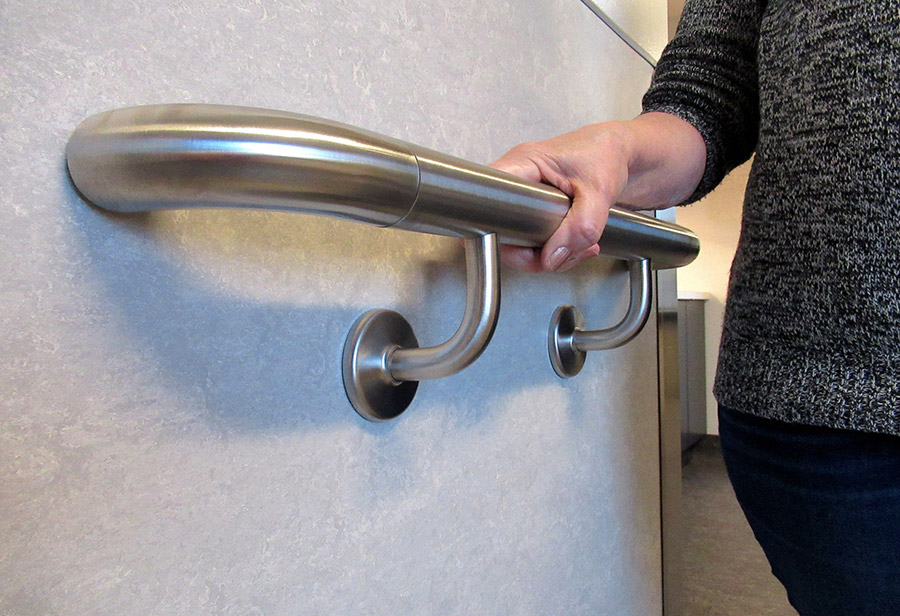When it comes to grab rail options in a bathroom, there are several choices available. The specific options you have may depend on factors such as your budget, the layout of your bathroom, and your personal preferences. Here are some common types of grab rails you can consider:
- Straight Bars: These are basic grab bars that are typically straight and mounted horizontally or vertically on the wall. They provide a sturdy handhold and can be installed near toilets, showers, or bathtubs.
- Angled Bars: Angled grab bars are designed with a diagonal shape, offering multiple gripping positions. They are helpful for individuals who require varying hand placements or need additional leverage when standing up or sitting down.
- Floor-to-Ceiling Poles: These poles are installed from the floor to the ceiling and can provide stability and support throughout the bathroom. They are particularly useful near the toilet or beside the bathtub, where wall-mounted bars may not be feasible.
- Flip-up Bars: Flip-up grab bars are hinged and can be folded up against the wall when not in use. They are advantageous for bathrooms used by multiple people or those with limited spaces
- Shower Grab Bars: Specifically designed for shower areas, these grab bars are resistant to moisture and offer a secure grip even when wet. They can be installed vertically, horizontally, or in a diagonal configuration within the shower enclosure.
- Toilet Support Arms: These are grab bars specifically designed for toilets, providing support and stability for individuals when sitting down or standing up. They are usually installed on either side of the toilet.
It’s important to consult with a specialist contractor or an occupational therapist to determine the most suitable grab rail options for your specific needs. They can assess your requirements and recommend the appropriate types, placements, and sizes of grab bars to enhance safety and accessibility in your bathroom.
